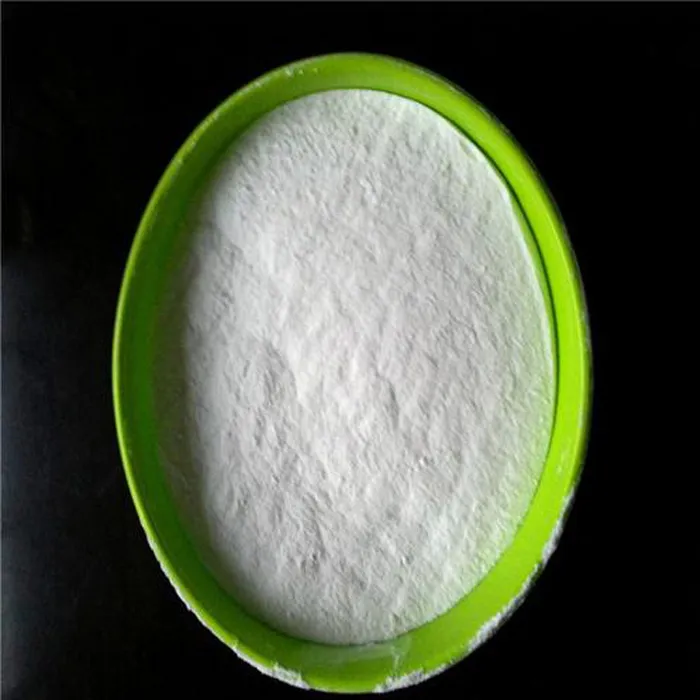Understanding Anionic Polyacrylamide Applications and Benefits
Anionic Polyacrylamide (APAM) is a water-soluble polymer widely used in various industrial applications, particularly in the fields of water treatment, agriculture, and mineral processing. Its structure consists of long chains of acrylamide molecules that are negatively charged, which contributes to its unique properties and functionality as a flocculant, thickener, and stabilizer.
Understanding Anionic Polyacrylamide Applications and Benefits
In the agricultural sector, anionic polyacrylamide plays a vital role in soil management. When applied to the soil, APAM enhances water retention and reduces erosion by creating a gel-like structure. This property is particularly beneficial in arid and semi-arid regions where water scarcity is a challenge. Farmers and agricultural practitioners use APAM to improve soil structure, increase moisture retention, and reduce runoff, thereby enhancing crop yields and sustainability. Moreover, APAM can be used in irrigation systems to optimize water use efficiency, allowing for better plant growth while minimizing wastage.
anionic pam

The mineral processing industry also benefits significantly from the application of anionic polyacrylamide. In this field, APAM is utilized as a flocculant in the beneficiation of mineral ores. It aids in the separation of valuable minerals from gangue, improving the overall efficiency of the processing operation. By promoting the formation of larger particles that are easier to separate during flotation or sedimentation, APAM enhances the recovery rates of minerals, ultimately leading to improved economic outcomes for mining operations.
Another key area where anionic polyacrylamide demonstrates utility is in construction. It is commonly added to cement and concrete formulations to improve workability and reduce water consumption. APAM enhances the viscosity of the mixture, ensuring that the components remain uniformly distributed and minimizing the risk of segregation. This application not only contributes to the durability and strength of the final product but also aids in the overall sustainability of construction practices by reducing material waste.
Despite its numerous advantages, the use of anionic polyacrylamide is not without concerns. Environmental safety is paramount, and there are ongoing discussions regarding the potential toxicity of acrylamide and its derivatives. Manufacturers and researchers are continually working to ensure that the application of APAM is safe for the environment and human health. Consequently, proper handling procedures and regulatory guidelines are essential for minimizing risks associated with this compound.
In conclusion, anionic polyacrylamide is a versatile polymer with broad applications across several industries, particularly in water treatment, agriculture, mineral processing, and construction. Its ability to enhance processes through sedimentation, water retention, and flocculation makes it an invaluable tool in improving efficiency and productivity. As research progresses and environmental safety measures are refined, the potential for anionic polyacrylamide to contribute to sustainable practices and innovations continues to grow, promising a brighter future for its diverse applications.

